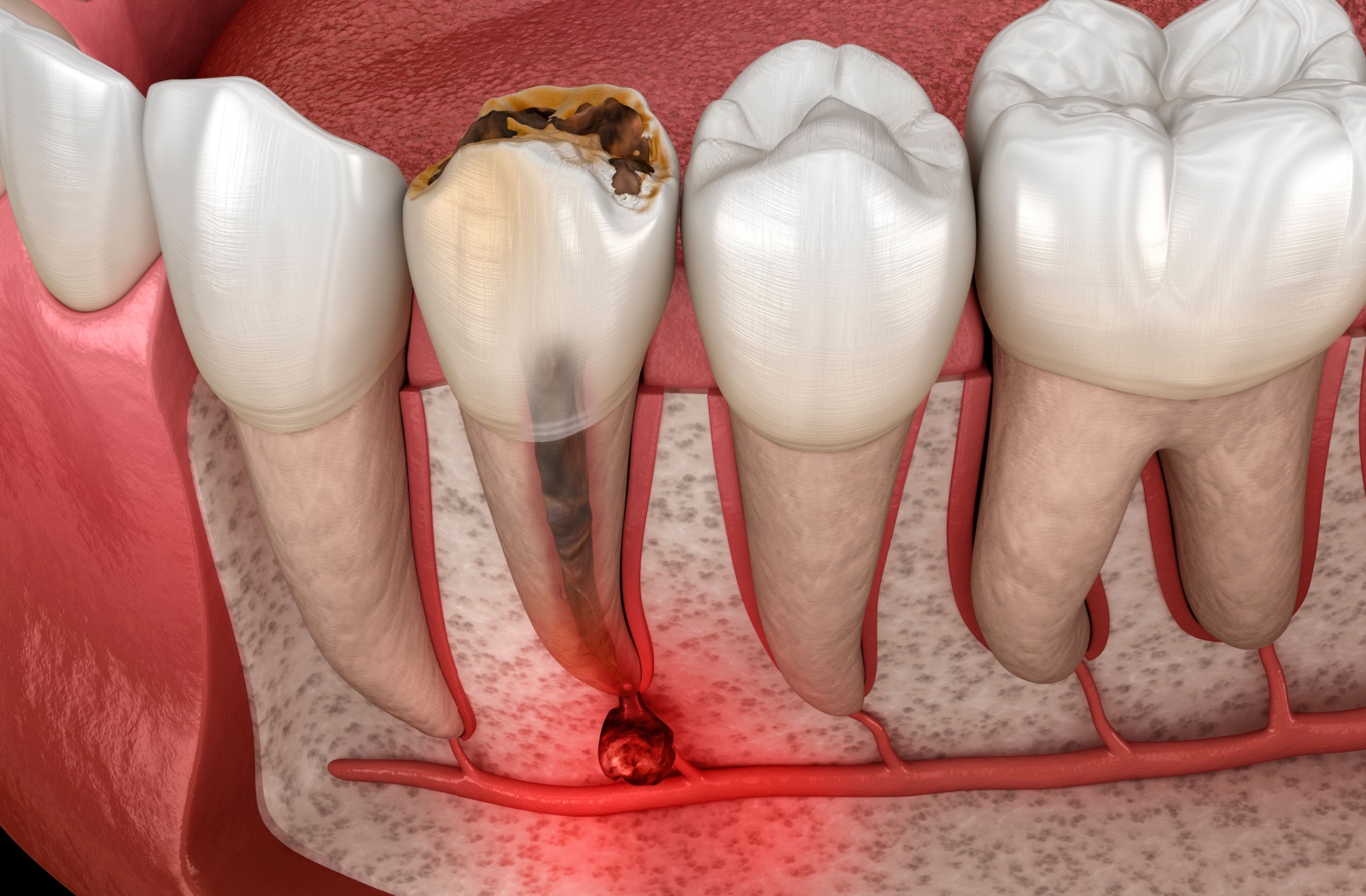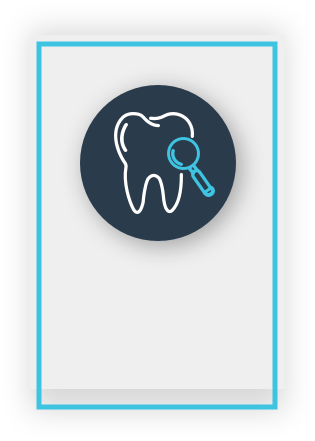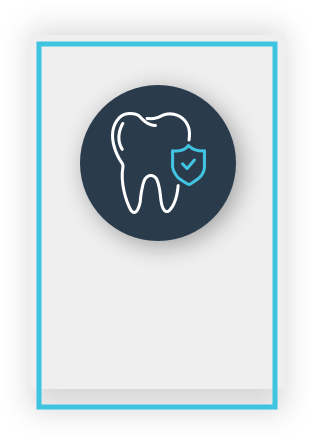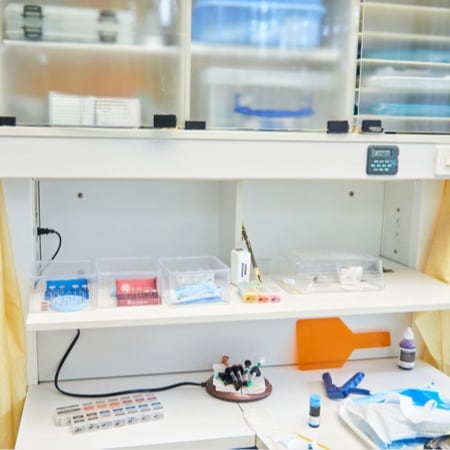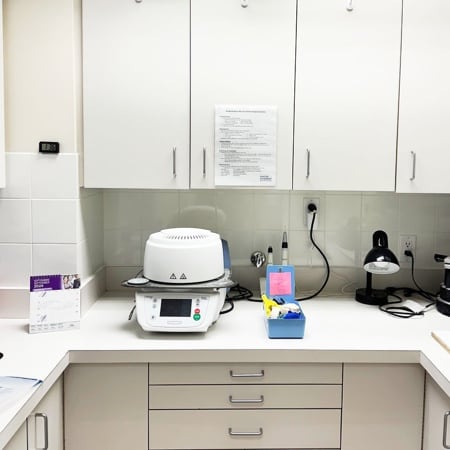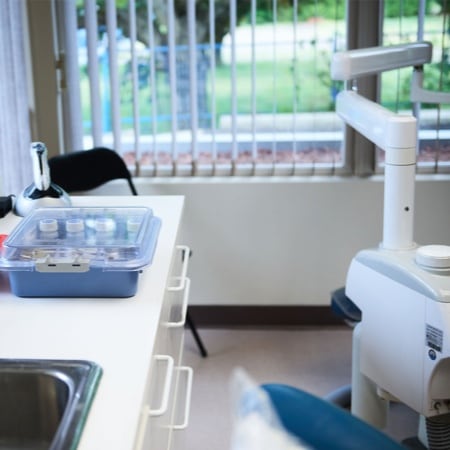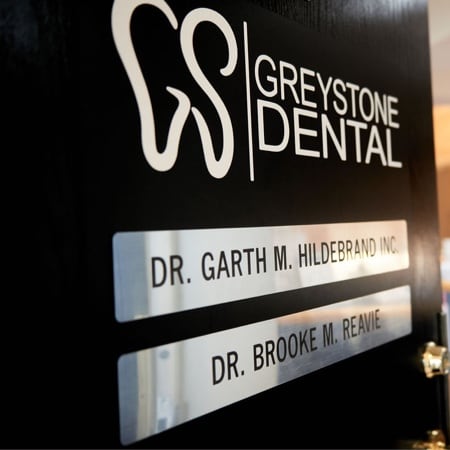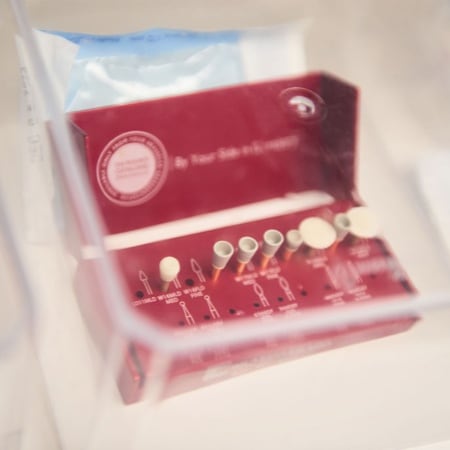Do you need a root canal? The short answer: You might — if the inner part of your tooth is infected or damaged.
Tooth pain isn’t just uncomfortable, it’s often your body’s way of warning you about a deeper issue. And when that issue lies inside the tooth, a root canal might be the best way to save it.
At Greystone Dental, we believe the more you understand about your oral health, the more empowered you are to protect it. That’s why recognizing the signs of a possible infection or damage in the tooth’s inner layers is so important.
Let’s take a look at the five most common signs that may mean it’s time to consider a root canal, and how early action can make all the difference.
Persistent Tooth Pain & Discomfort
A Deep, Lasting Ache
You might feel a constant, throbbing pain deep within your tooth. This discomfort can range from a dull ache to a much sharper feeling. Unlike a brief flash of pain, this type of ache doesn’t seem to go away on its own.
This persistent ache can be a sign that the nerve inside your tooth, located in the pulp, is irritated or damaged. The inner pulp of the tooth contains sensitive blood vessels and nerves that can become inflamed. It’s a message that something more than a surface issue is happening.
Pain That Affects Your Day
Sometimes, the pain is strong enough to interrupt your sleep or make it difficult to focus. It can turn simple pleasures, like enjoying a meal, into a painful experience. When severe tooth pain disrupts your daily routine, it’s a clear sign to get it checked, as it may require urgent dental care.
This type of significant discomfort often means the problem is affecting the tooth’s nerve. The pain can feel like it radiates to your jaw, ear, or head. This is your body’s way of calling for attention to protect your oral health.
Sensitivity To Hot & Cold
A Lingering Sensation
You may notice a sharp pain when you sip a hot coffee or eat something cold. Unlike normal tooth sensitivity, this feeling doesn’t disappear right away. It can linger for 30 seconds or even longer, which is the key difference.
This prolonged sensitivity is often a sign of trouble with the tooth’s nerve. The nerve is reacting strongly to temperature changes because it may be inflamed or infected. This is a very specific type of sensitivity that points to an internal problem.
Pain When You Eat or Drink
This sensitivity can cause you to start avoiding certain foods or drinks altogether. You might pass on ice cream or let your tea cool down completely before you drink it. This pain can be sharp and sudden, which can make mealtimes stressful.
The reaction happens because the temperature change irritates the damaged nerve inside the tooth. It’s not just a surface-level sensitivity. This is a specific signal that something inside the tooth needs attention.
Swollen Gums & Facial Swelling
A Pimple on Your Gums
You might see a small, pimple-like bump on your gum near the tooth that hurts. This bump, called an abscess, is a pocket of infection. It can sometimes release fluid, which may cause a bad taste or smell.
This is a direct sign that your body is fighting an infection that started inside the tooth. The infection, often stemming from advanced gum disease, is trying to find a way out. It’s important to address the source of this issue for your well-being.
Noticeable Swelling
The infection inside a tooth can also cause the nearby gums to become swollen and tender to the touch. In some cases, you might notice swelling in your cheek, jaw, or even your neck. This is a sign that the infection may be spreading.
Swelling is a clear indication that your body is responding to a significant infection. It’s not something that will resolve on its own. Addressing the source is a key part of preventive dentistry to protect your overall health.
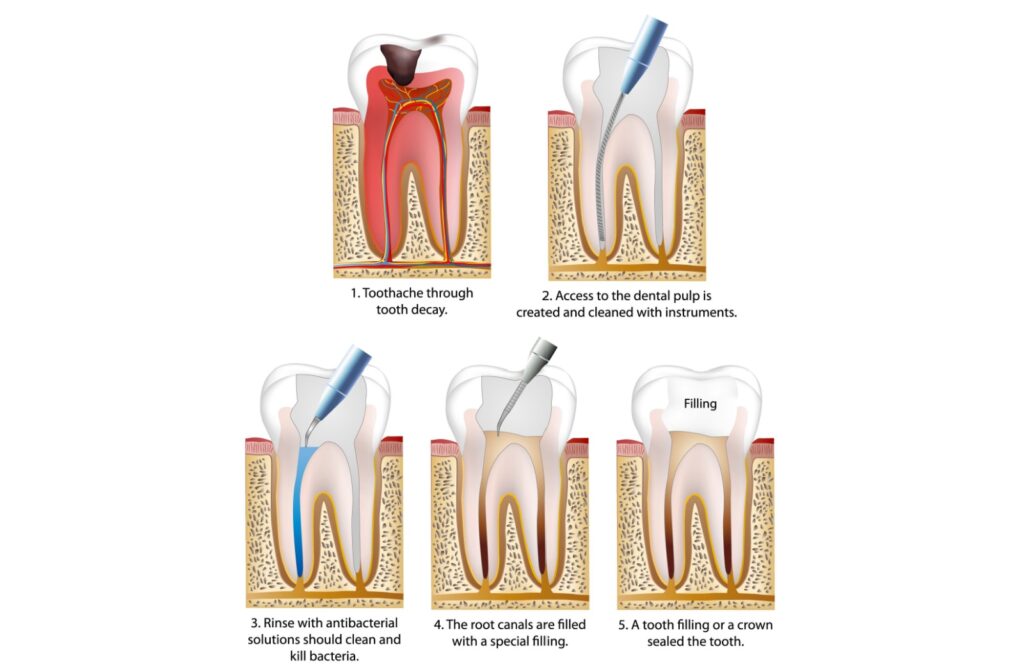
A Discoloured or Darkened Tooth
Changes to Your Tooth’s Colour
If a tooth changes colour and looks grey or dark, it can be a sign of a problem inside. This happens when the blood supply to the tooth’s nerve is cut off due to an injury or infection, which is a common cause of internal tooth discolouration. Because the change comes from within, you can’t brush it away.
The change in colour can happen slowly over time. You may not even notice it at first. It’s a visual cue that the tooth is no longer healthy on the inside.
What a Grey Tooth Can Mean
A greyish-looking tooth often means the nerve inside has been compromised. Even if the tooth doesn’t hurt, the discolouration is a red flag. It indicates an underlying issue that should be examined.
After the tooth is treated, there are cosmetic dentistry options that can help restore its natural appearance. We can help you explore ways to bring your confident smile back. The first step is always to address the health of the tooth.
A Chipped or Cracked Tooth
Damage That Exposes a Nerve
A deep chip or crack in a tooth can create a pathway for bacteria to get inside. This can lead to an infection in the soft tissue, or pulp, within the tooth. Even a crack that seems small on the surface can cause big issues over time.
Bacteria can travel through these small openings and reach the sensitive inner part of the tooth. This can cause inflammation and infection. It’s why even minor damage to a tooth is worth having checked out.
An Old Injury Causes New Problems
You may have chipped a tooth years ago and forgotten all about it. Sometimes, an old injury can allow bacteria to slowly seep into the tooth over a long period. This can eventually lead to an infection long after you thought the issue was resolved.
This is why regular check-ups as part of your family dental care are so important. We can monitor previously damaged teeth for any changes. Catching these problems early can make a big difference.
Your Next Steps for Dental Health
The Importance of a Dental Visit
If you recognize any of these signs, scheduling a dental visit can give you clear answers. We can examine your tooth to find the source of the problem. This is a key part of protecting your long-term oral health.
How Greystone Dental in Chilliwack Can Help Your Family
As your Chilliwack dentist, we offer a range of solutions for your family dental care needs. We can explain all your options for restorative dental care and help you make an informed choice. Our goal is to help you feel comfortable and in control of your dental health.
Let’s Take the Fear Out of the Chair
We know that the idea of a root canal, or even just a dental visit, can feel stressful for some people. At Greystone Dental, your comfort matters as much as your care. That’s why we take the time to listen, answer your questions, and guide you through each step of the process with kindness and clarity.
If you’re experiencing any of the symptoms we’ve covered, don’t wait for them to get worse. Early treatment can relieve discomfort and help you avoid more complex dental work down the road.
Book your appointment online with Greystone Dental in Chilliwack — we’re here to help you protect your smile, comfortably and confidently.


